The ding dong sound of the doorbells signifies the presence of someone at the door. Although there are many doorbells available in the markets today with a variety of sounds, the ding dong doorbell still has its share of the market. What makes them interesting is how do they produce this ding dong sound?

Fig. 1: Image of Ding-Dong Bell
The ding dong doorbells are available in many shape, sizes and colors. However the operating principles remain the same. They use the magnetic force produced by an AC solenoid to force an iron rod (called the plunger) to hit against aluminum sheets placed at both sides of the solenoid. This in turn produces the ding dong sound.
The DC and AC solenoids are different. The doorbell uses an AC solenoid. When current flows thorough the coil of an AC solenoid, a magnetic field is produced. This magnetic field produces a magnetic force and pulls the plunger in its direction. Now since the current which is flowing is AC in nature hence the magnetic force produced also reverses its direction with the frequency of AC which is 50Hz or 60Hz. As a result the plunger moves to and fro i.e. either towards the front plate or towards the back plate. When it hits the front plate it produces the ding sound and when it hits the back plate it produces the dong sound.
Arrangement of Components
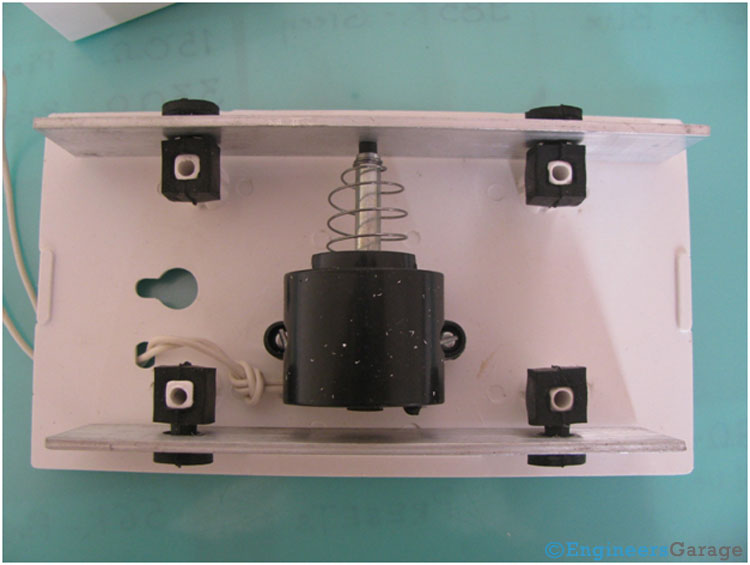
Fig. 2: Internal Arrangement of Bell Mechanism
The above image shows the internal arrangement of the different component of a doorbell. The various components are solenoid, spring, plunger, aluminum sheets, rubber pads, shading coil and the connecting wire.
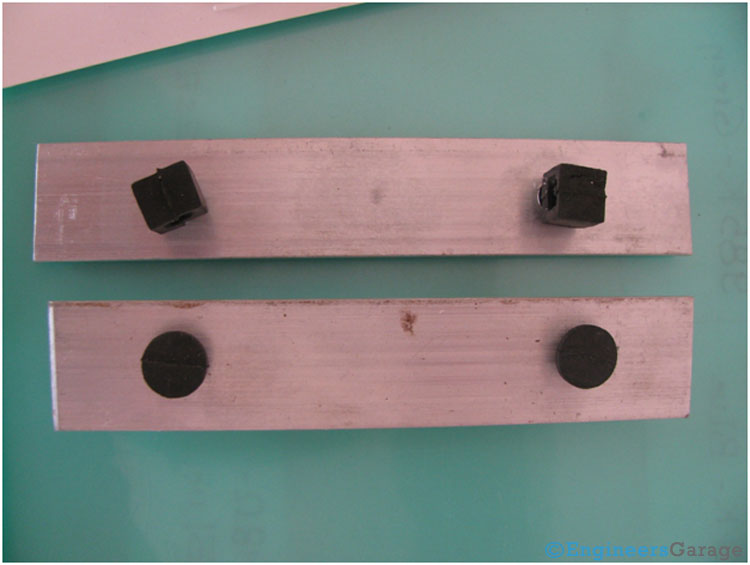
Fig. 3: Arrangement of Rubber Hooks and Aluminium Sheets
The two aluminum sheets placed on either side of the solenoid. Rubber hooks are used to position them perpendicular to the plastic casing. Also this rubber hooks works as shock absorbers when the plunger hits the plates.
Producing the Sound
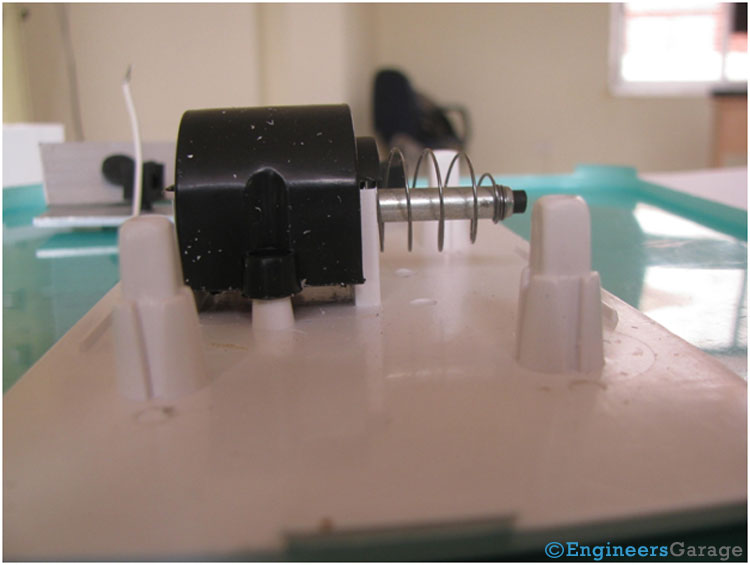
Fig. 4: AC Solenoid Screwed to Bell Casing
The above image shows the AC solenoid. It is screwed to the casing of the bell. In the default position the plunger almost touches the back aluminum plate which produces the dong sound. One end of the spring is tightly tied to the plunger and the other end is fixed in a mechanical fixture.

Fig. 5: Mechanics of Ding Dong Sound System
The plunger makes the to and fro movement inside the core of the solenoid. When the button of the doorbell is pressed it hits the front plate to produce the ding sound and then comes back to hit the back plate thereby producing the dong sound.
Plunger, Spring & Solenoid

Fig. 6: Solenoid Structure and Parts
The solenoid is made by winding an insulated copper coil on a bobbin. On the top of the coil is the sheet of paper to protect the coil windings.

Fig. 7: Closer look of Plunger, Spring, and Solenoid
A closer look at the plunger, spring and the solenoid. The two end of the coils are connected to the supply by means of wire as shown in the image.
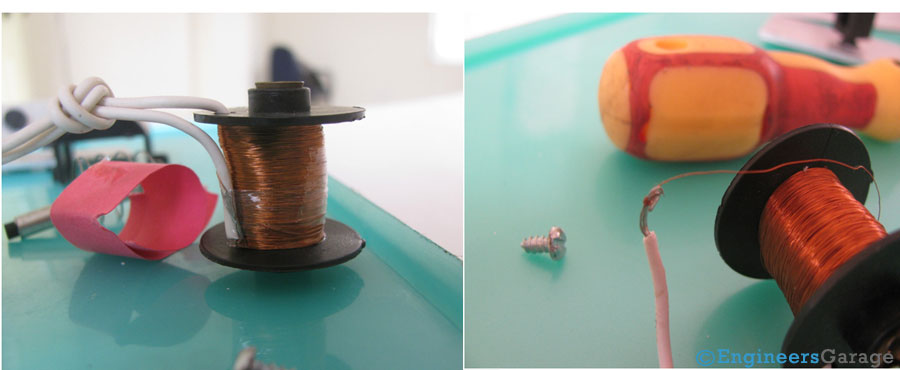
Fig. 8: (Left image) Insulated Copper Coil (Right image) Connection of Copper Coil with Wire
The above image shows the insulated copper coil used for winding and its connection with the wire to supply AC.
Shading Coil
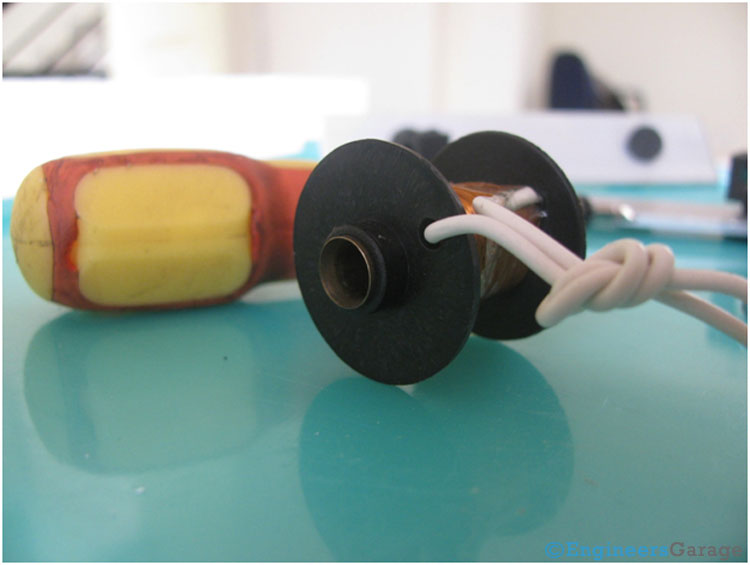
Fig. 9: Shading Coil and Wire Arrangement
The above image shows the shading coil. It is a cylindrical shaped ring, placed slightly unequally in the core of the solenoid. It is slightly coming out at one end and equally inside at the other end.
Shading coil plays an important role in the functioning of the doorbell. Since AC is sinusoidal in nature it reaches a value of zero twice in a cycle. This means the magnetic force will also be zero twice in every cycle and hence it will cause unwanted vibration and chattering.
A shading coil, which is made up of copper ring produces its own magnetic field. Now there are two magnetic fields one by the main coil and the other by the shading coil. The unequal placing of the shading coil produces unequal magnetic fields near the poles thereby producing a phase difference and avoiding the net resultant field to be zero. This in turn prevents the unwanted vibrations or chattering of the plunger.
Filed Under: Insight


Questions related to this article?
👉Ask and discuss on EDAboard.com and Electro-Tech-Online.com forums.
Tell Us What You Think!!
You must be logged in to post a comment.